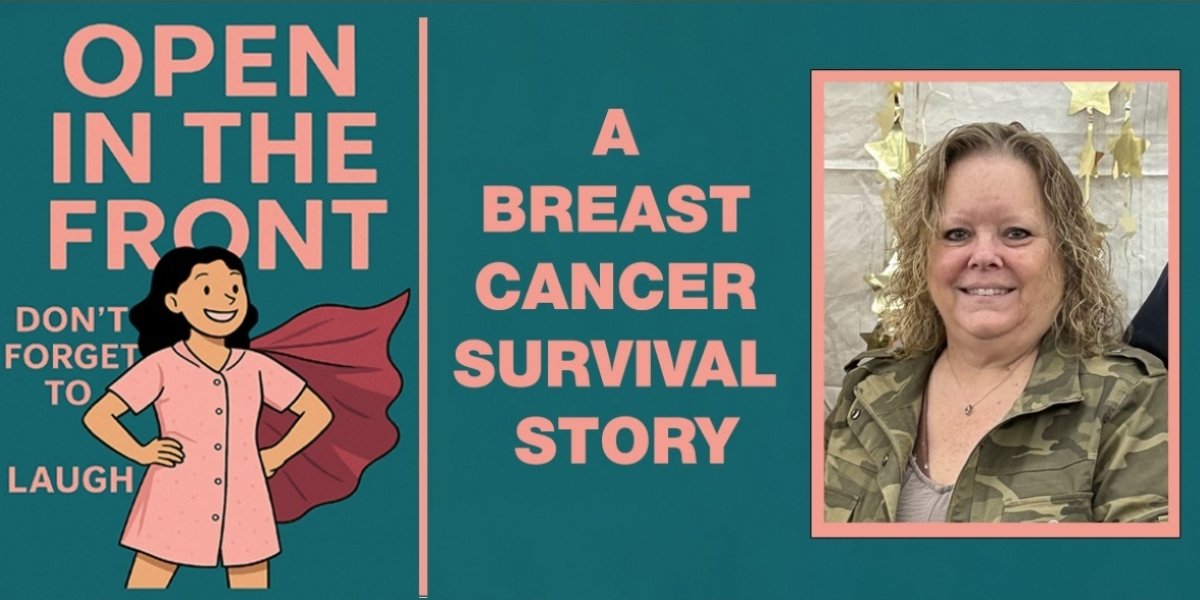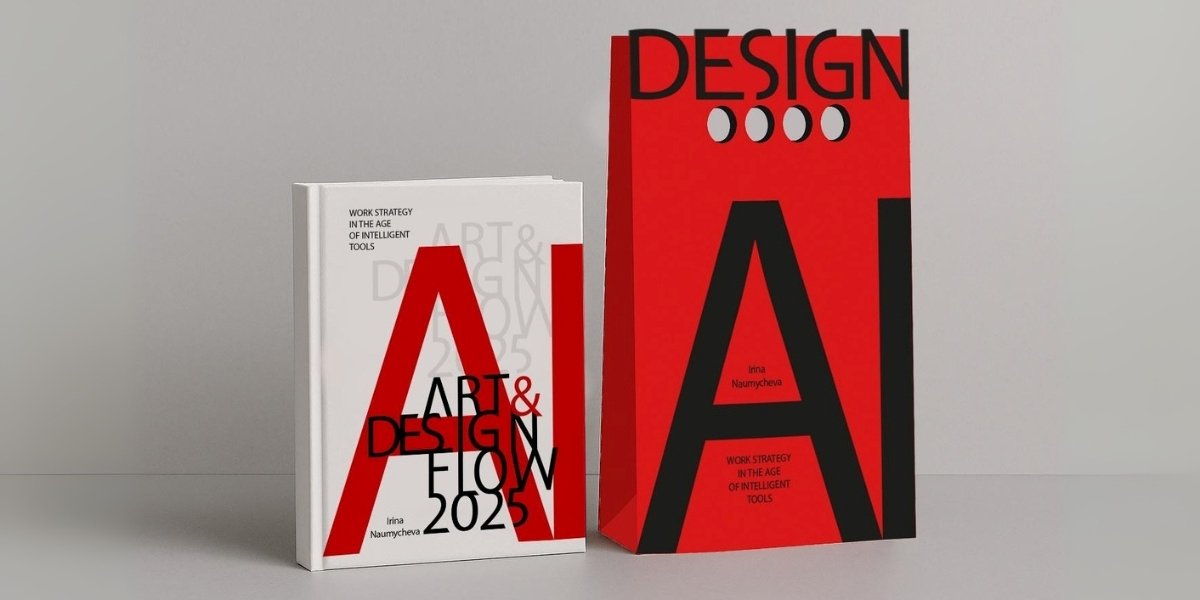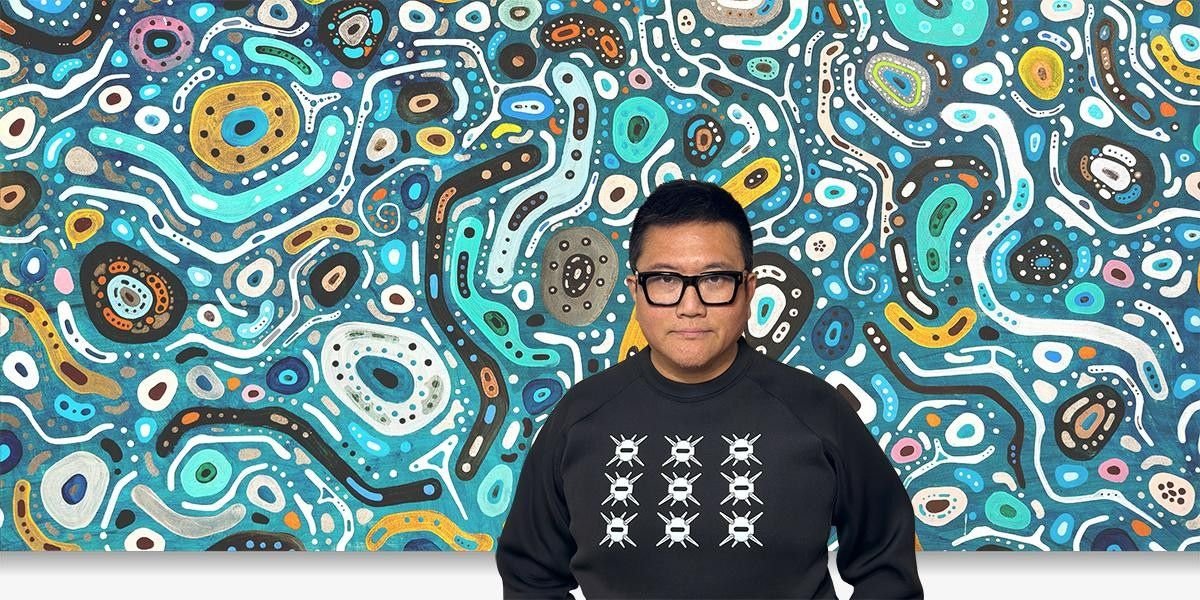In the kaleidoscopic world of contemporary fine art photography, a fresh voice is making waves. Hanlin Mu, an emerging luminary, is at the forefront of a new generation of artists bridging the age-old allure of traditional photography with the audacious innovation of modern technology. “Snow Desert,” his solo exhibition at the esteemed
TERAVARNA gallery (formerly ART SHOW INTERNATIONAL GALLERY), stands as a testament to this dual embrace. As Mu steps into the limelight with this showcase,
ARTIST WEEKLY is privileged to delve into the mind of this promising talent, whose works pay homage to the past while eagerly charting the future.
A: Hanlin, it’s a pleasure to have you with us. Your exhibition “Snow Desert” is generating significant buzz. What inspired this unique blend of tradition and technology in your works?
H: Thank you for having me. Growing up, I’ve always been captivated by the unnoticed details of the world around me. These seemingly small moments, when magnified, can tell profound stories. My venture into the “Snow Desert” project was driven by a desire to capture these narratives using both traditional and digital means, creating a resonance between the past and present in my works.
A: You’ve cited James Turrell’s work as foundational inspiration in the project statement. How did you translate his focus on light and space into the context of “Snow Desert”?
H: James Turrell’s pioneering work in light and space serves as a foundational inspiration for the “Snow Desert” project. Turrell’s meticulous exploration of perception, color, and light plays with the boundaries of what art is and how it can be experienced. His immersive installations, often vast and surreal in their scope, challenge viewers to engage with space in ways they had never considered before. His ability to manipulate light transforms ordinary spaces into otherworldly realms, subtly altering our perceptions and leading us into profound contemplation. Within these luminous environments, one becomes hyper-aware of their own sensory experience, fostering a deeper connection between the viewer and the work.
Drawing from Turrell’s ethos, “Snow Desert” seeks to continue the conversation between viewer and space, but introduces the added dimension of technology’s role in shaping artistic perception. Just as Turrell employed light as both a medium and a message, this project leverages cutting-edge technology to create immersive experiences that challenge conventional interpretations. The geometric spaces, imbued with bold color combinations, resonate with Turrell’s emphasis on simplicity and profundity, reminding viewers of the beauty in pure perception. It’s a journey into the unknown, inspired by a master who taught us to see light, space, and ourselves in novel ways.
A: The title “Snow Desert” is quite paradoxical. Can you elaborate on its significance and how it encapsulates your vision for this exhibition?
H: “Snow Desert” represents the confluence of the expected and unexpected. It mirrors my approach to art, where I merge the tried-and-true techniques of traditional photography with the limitless possibilities offered by modern technology. Just as snow and desert are contrasting elements, I wanted to showcase the harmony and discord that arise when we combine old and new, the known and the unknown.
At its core, this venture is a harmonious blend of the old and the new. Although it adopts a distinctly futuristic approach—leveraging the latest in technological advancements—it does not stray from its foundational ties to historical artistic practices and philosophies. By doing so, “Snow Desert” bridges eras, drawing from the well of time-honored techniques while innovatively forging into the uncharted territories of the future. It stands as a testament to the boundless creativity that can flourish when we allow the unpredictable elements of chaos to intertwine with the guiding principles of tradition.
A: AI has been making significant strides in various fields, and its intersection with art is particularly intriguing. Could you shed some light on your exploration of AI in the realm of visual arts, specifically with tools like Midjourney and ChatGPT?
H: Certainly. By leveraging advanced AI image generation technology, I’ve showcased the boundless potential between art and technology. Specifically, I’ve been using tools like Midjourney and ChatGPT to produce astonishing visual art pieces. Midjourney is a powerful AI art tool that allows users to generate stunning images with just a few word prompts. Meanwhile, ChatGPT acts as a prompt generator, supplying image descriptions for Midjourney, resulting in unique artistic images. Midjourney employs a technique called “diffusion” to generate images from vast datasets of images, art, and photographs based on text prompts.
The advent of AI image generation technology has sparked extensive debate and diverse opinions in the art community. Some argue that artists should learn and be influenced by other artists, and the emergence of AI might alter this tradition. Some even question if a piece not crafted by a human artist can still be considered art.
However, there are voices that believe artists shouldn’t fear the AI image generator. Although new systems might devalue craft, shift power, and disrupt culture and scenes, historically, new technologies and tools (like the impact of the piano on the harpsichord) always bring about similar changes.
Opinions in the art community are quite divided regarding the influence of AI image- generation-focused art. Some believe that as this technology advances, the art community will eventually find a way, whether in favor or against AI image generation. On the other hand, some view AI art as a collaborative process, where human and machine inputs intertwine, co-creating the desired piece.
My exploration not only demonstrates the potential of image generation technology but showcases how art and technology influence each other, propelling each other forward. By integrating traditional photographic techniques with modern AI technology, I’ve unveiled a new visual art realm and provided artists with novel creative tools and possibilities. In this journey, art critics and audiences are invited to partake in broad discussions about art, technology, and creativity, further enriching our understanding and appreciation of this cross-disciplinary domain.
A: As a rising star, how do you navigate the challenges of integrating AI and other cutting-edge technologies into your art without losing the essence of traditional photography?
H: It’s a delicate balance. AI and technology offer exciting avenues to explore, but I’m grounded in the foundational principles of photography. By maintaining a deep respect for these traditions, I ensure that technology serves as an enhancement, not a replacement. My goal is to enrich the stories I tell, using the best of both worlds.
“Snow Desert” is more than just a visual experience; it’s a call to action. It beckons viewers to step outside their comfort zones, to question the established narratives surrounding the interplay of technology and art. In a world increasingly mediated by screens and algorithms, the project serves as a timely reminder of art’s transformative power. It encourages audiences to not only acknowledge but to deeply engage with the evolving dynamics between the digital and the tangible, between machine precision and human intuition. As they navigate through the project, viewers are invited to plunge into the vast expanse of the unknown, to be both challenged and enthralled by the limitless possibilities that lie at the intersection of technology and artistic expression.
A: TERAVARNA gallery is renowned for showcasing avant-garde works. How has the experience of exhibiting in such a space influenced your perspective or future aspirations?
H: Being associated with TERAVARNA is truly an honor. The gallery’s reputation for fostering innovative art has pushed me to challenge my boundaries further. The feedback, both from critics and audiences, has been invaluable. This experience has emboldened me to continue my journey, exploring even more groundbreaking intersections between tradition and technology.

Sourced Photo
Hanlin Mu’s “Snow Desert” is more than just an exhibition; it’s a narrative of art’s evolution in the digital era. As he deftly navigates the continuum between classical techniques and contemporary innovations, Mu invites us to witness and participate in a pivotal moment in art’s rich tapestry. His bold steps forward, underscored by a deep reverence for the past, make him a name to watch in the ever-evolving world of fine art photography. As ARTIST WEEKLY signs off from this enlightening conversation, we’re left with anticipation for the next chapter in Hanlin Mu’s promising journey.















